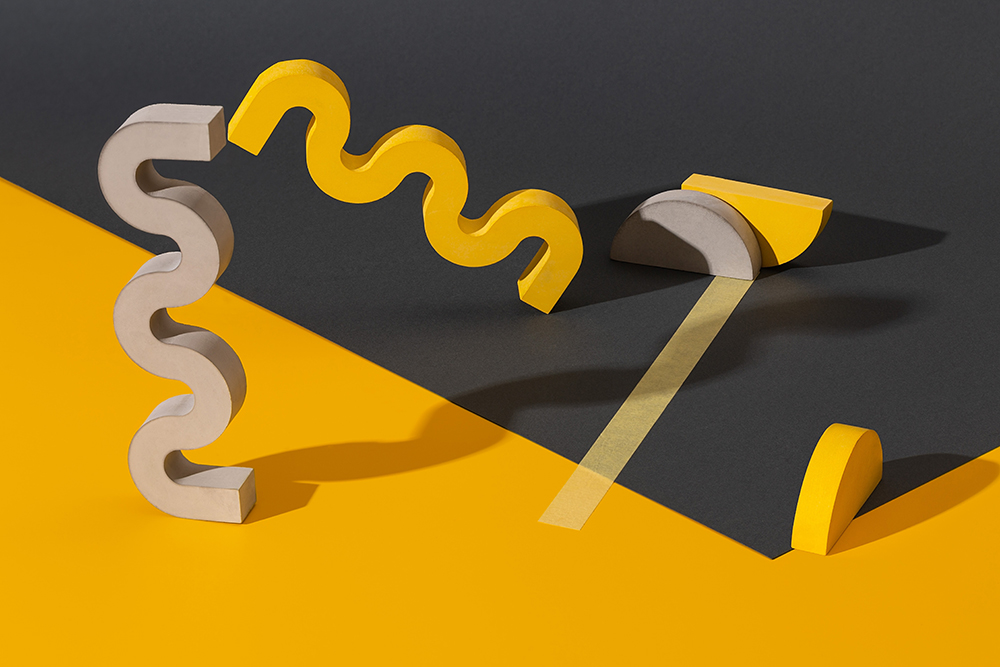Agrim Gupta, Fei-Fei Li and other scientists from Stanford University use so-called unimals “to explore two questions that often get overlooked in AI research: how intelligence is tied to the way bodies are laid out, and how abilities can be developed through evolution as well as learned” (MIT Technology Review, 19 October 2021). MIT Technology Review quotes Josh Bongard from University of Vermont as saying: “This work is an important step in a decades-long attempt to better understand the body-brain relationship in robots” (MIT Technology Review, 19 October 2021). The research seems like a continuation of the embodiment movement, which the Swiss Rolf Pfeifer played a major role in shaping. And indeed, Bongard says: “Embodiment is our only hope of making machines that are both smart and safe.” (MIT Technology Review, 19 October 2021) The unimals look a bit like figures from the cycle “Bizzarie di varie figure” by Giovanni Battista Braccelli. The drawings from the year 1624 show embodiments of cubes, wires, and machine parts. However, they are static, while the unimals move and constantly change their bodies – the title of the article in the magazine reads accordingly: “These weird virtual creatures evolve their bodies to solve problems” …
BY OLIVER BENDEL
